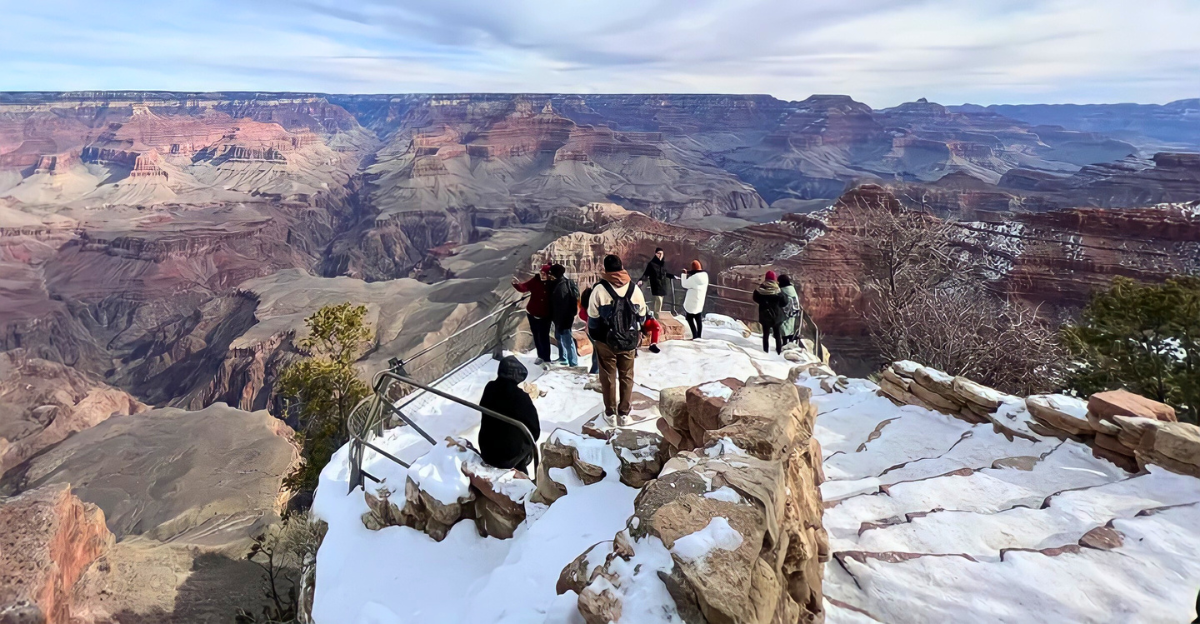
Over millions of years, huge seas and oceans have appeared and disappeared, changing the face of the Earth.
Many of the world’s most beautiful natural landmarks were created from mud, sand, and sea creatures piled up on the bottom of these ancient oceans.
Later, movements in the Earth’s crust lifted these layers, and wind and rain shaped them into the sights we see today.
Let’s travel to 15 incredible places on five continents that show the exciting history of our planet’s ancient seas.
1. Grand Canyon
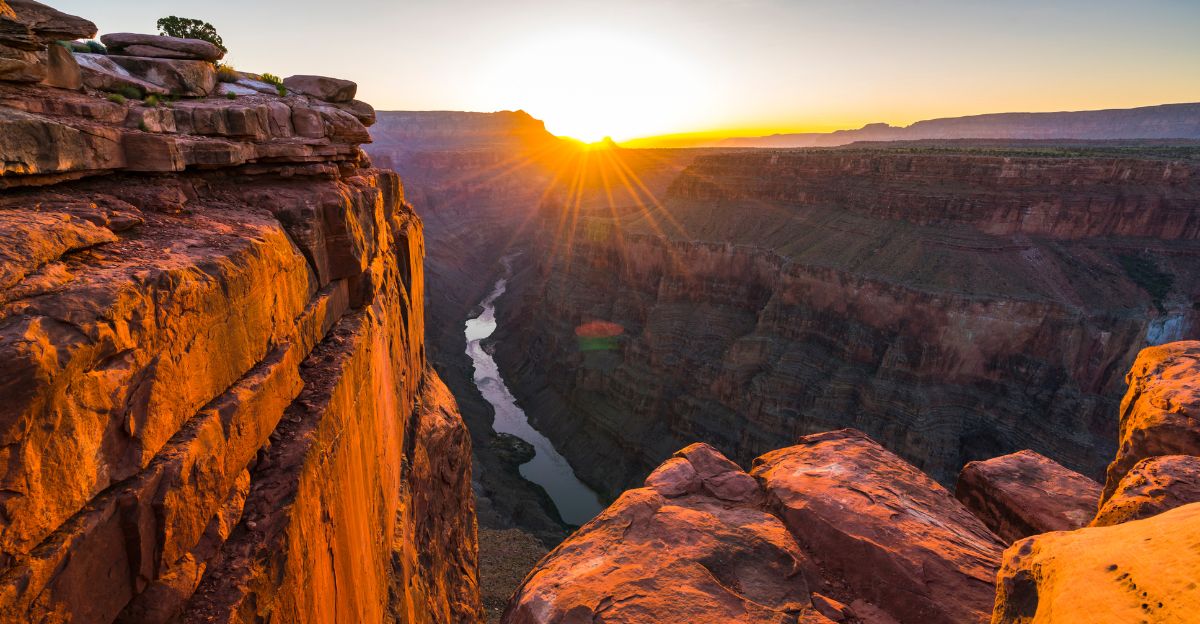
The Grand Canyon in Arizona is about 450km long and is like a giant history book made of rock.
Some of its rock layers are almost 2 billion years old, showing that seas and rivers once covered this area.
Many rocks, such as limestone and sandstone, were formed under ancient oceans.
You can still find fossils of old sea animals in the canyon walls, proving that the Grand Canyon was once at the bottom of a sea long ago.
2. Table Mountain
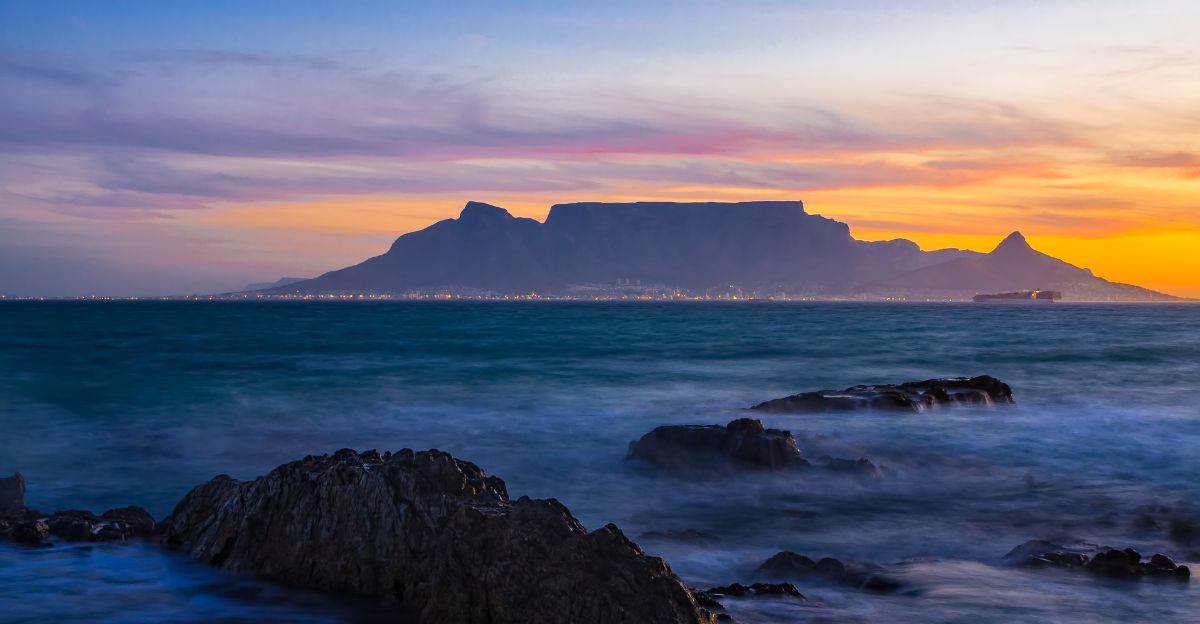
Table Mountain stands tall above Cape Town and is easily recognizable because of its flat top.
The rock at its core, Table Mountain Sandstone, was made about 540 million years ago when the area was under the sea. Layers of sand settled on the sea floor and got pressed into hard stone.
Later, Earth’s movements pushed the mountain up out of the water. Wind and rain shaped it into the famous tabletop we see today.
The mountain is now home to special plants and animals and looks out over the busy city, reminding us that it was once deep underwater.
3. White Cliffs of Dover
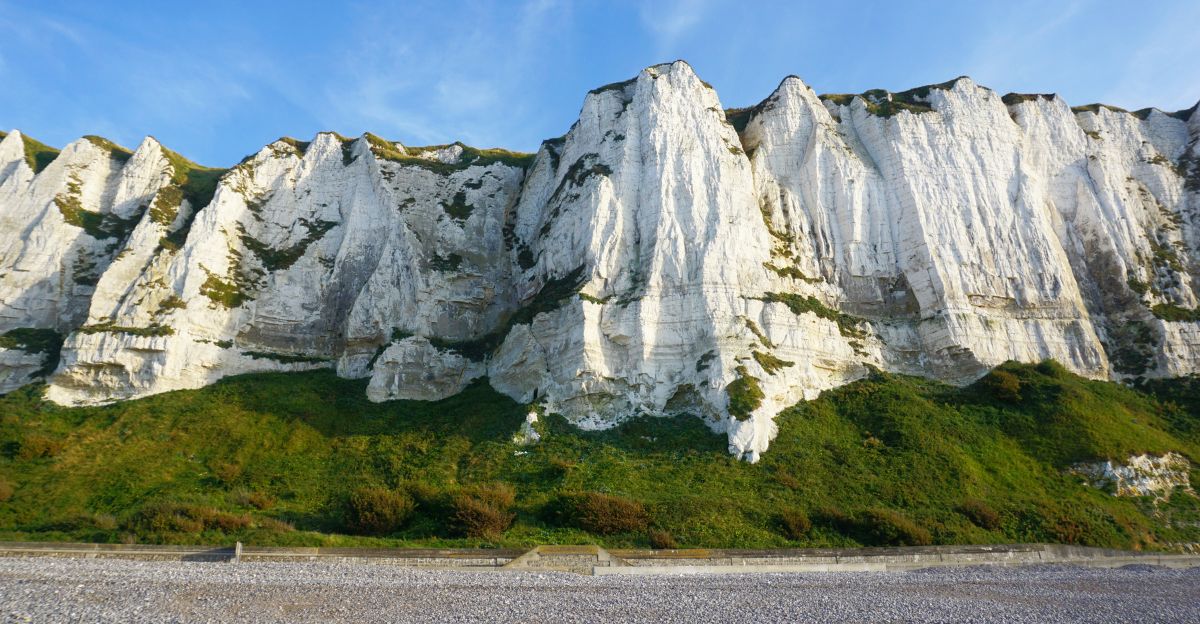
The White Cliffs of Dover in Britain are tall, bright white cliffs that rise 110 meters above the sea.
They are mostly made of chalk, from tiny sea creatures that fell to the ocean floor millions of years ago.
Later, the sea receded, lifting the land up. Wind and waves then shaped the cliffs we see today.
Their striking white color makes them easy to spot from far away and a famous symbol of natural beauty.
4. Badlands National Park
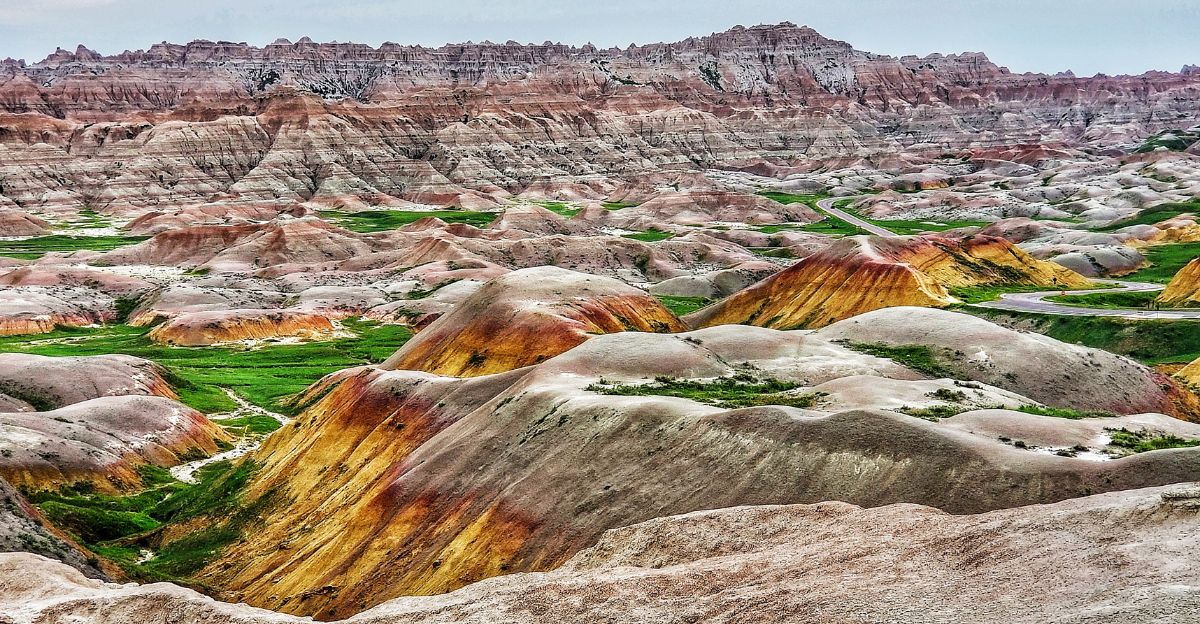
The Badlands are full of strange hills and sharp spires, created by an ancient sea that once split North America.
About 75 million years ago, this land was under shallow water, where mud, sand, and remains of sea creatures piled up on the bottom. When the sea disappeared, these layers became packed with fossils from old animals, like reptiles and early mammals.
Today, wind and rain keep wearing away the land, exposing more fossils every day, making the Badlands an exciting place for scientists and visitors to explore.
5. Sahara Desert
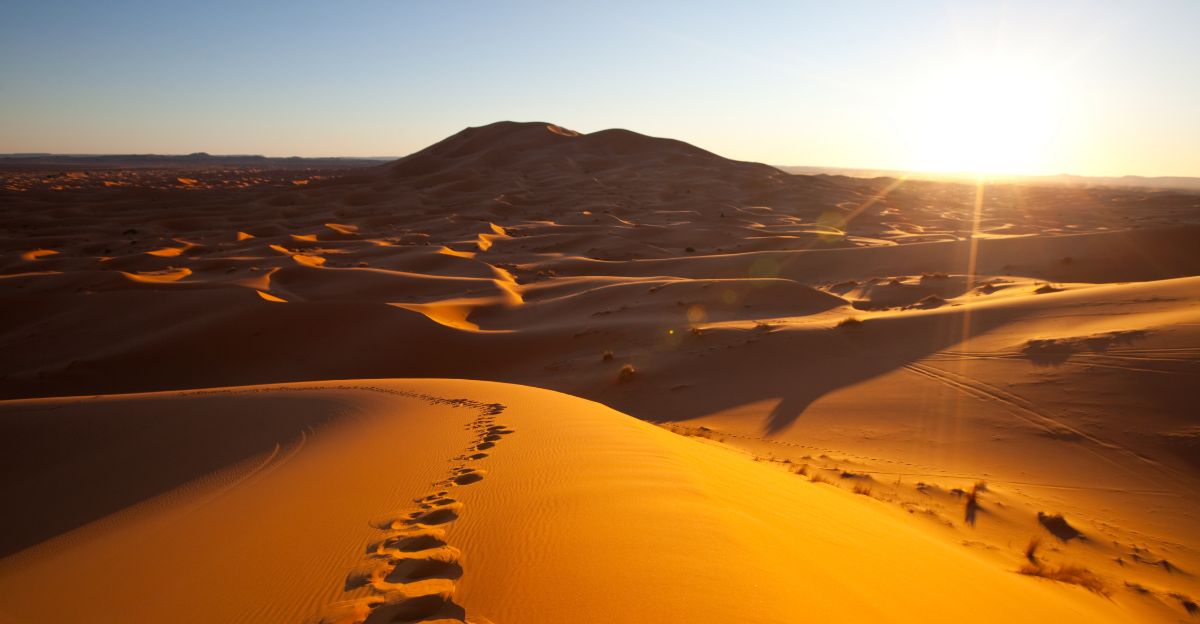
Unsurprisingly, an ocean once covered the Sahara Desert, but fossils show this is true.
About 100 million years ago, the area where the Sahara is now was filled with a wide, shallow sea. Under its waters lived huge sea reptiles and many other ocean creatures.
Today, scientists find their bones, old shells, and plants buried under the desert sand. This proves that the dry Sahara was once a busy ocean where even whales could swim.
6. Bisti/De-Na-Zin Badlands
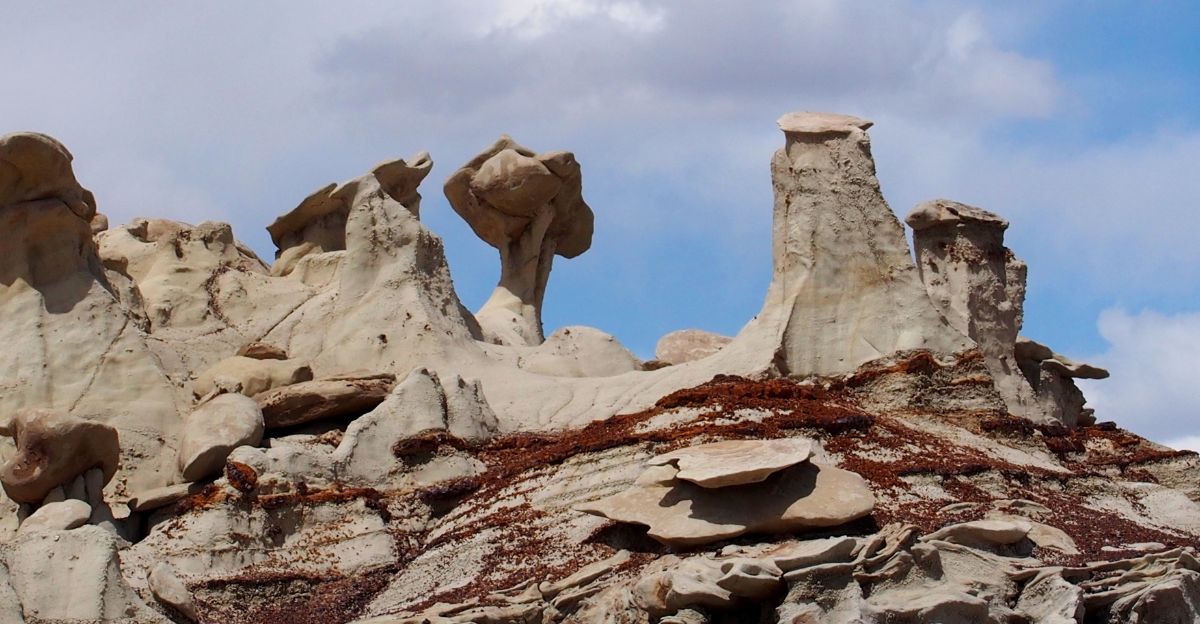
The Bisti Badlands in New Mexico are filled with odd rock shapes, tall spires, and fossilized trees. Long ago, this area was the edge of a sea called the Western Interior Seaway.
Mud and sand from the sea collected here, burying the remains of dinosaurs and trees. Over time, the ground was pushed up, and wind and rain wore it down, revealing today’s strange land.
This unique place attracts people from all over who want to take photos, explore, or search for fossils.
7. Moeraki Boulders
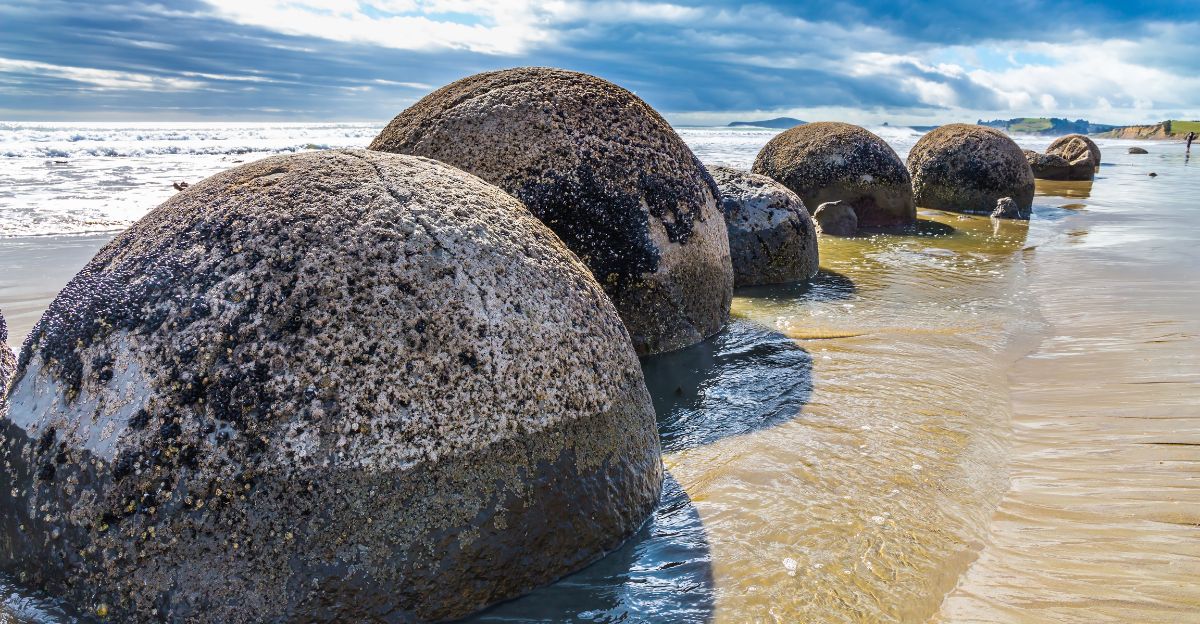
Along Koekohe Beach in New Zealand, you’ll find huge, round boulders that almost look like people made them.
These boulders slowly formed deep under the sea around 60 million years ago, when minerals stuck together in the muddy seafloor.
Over time, waves and wind washed away the surrounding Earth, exposing the boulders on the beach.
Their smooth, round shapes have inspired many stories, but have formed naturally from sea mud and minerals long ago.
8. Wadi El Hitan
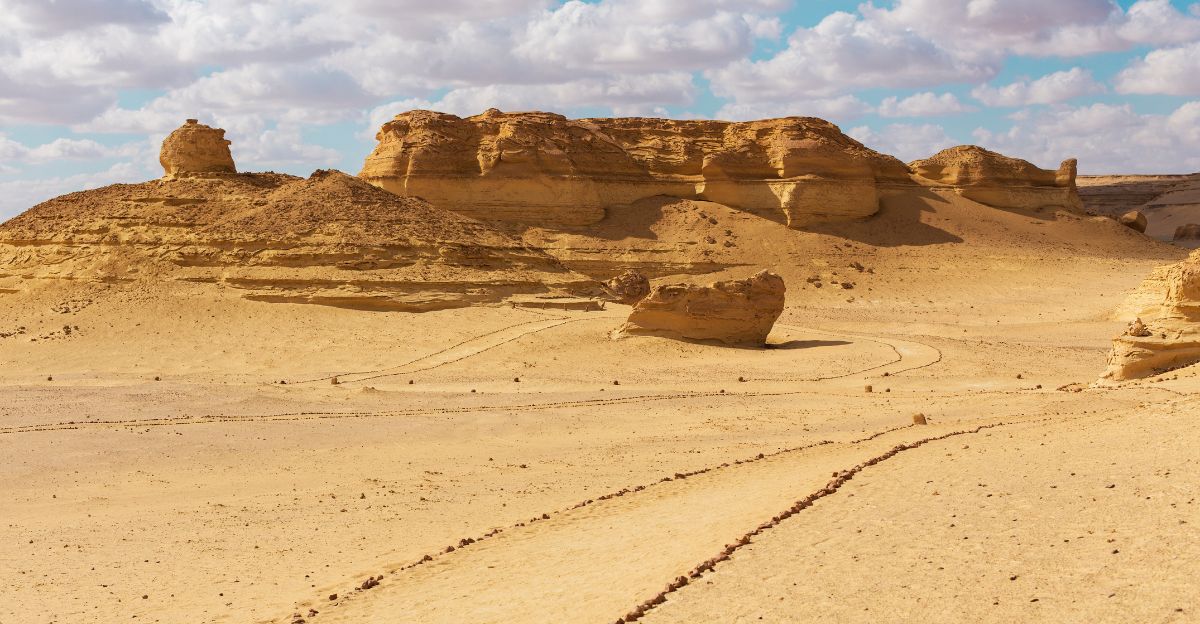
Wadi El Hitan, or the Valley of the Whales, is a desert in Egypt where you can find many old whale fossils. About 40 million years ago, this area was covered by the Tethys Sea and was home to early whales that swam in the shallow water.
The fossils show how whales changed over time from living on land to living in the sea.
Rocks here have even saved the shapes of whale bones and sometimes their organs, helping scientists learn a lot about how whales evolved.
9. Sossusvlei Dunes, Namib Desert
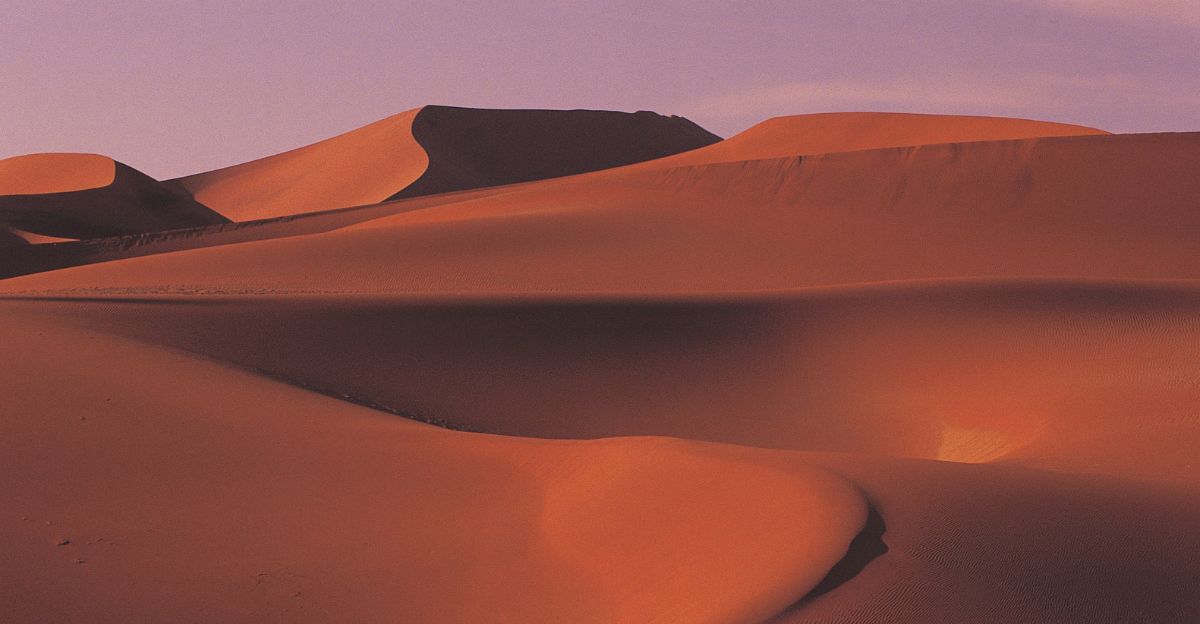
The bright red dunes of Sossusvlei in Namibia are some of the tallest in the world. Long ago, this area was at the bottom of a sea.
For millions of years, rivers brought sand and dirt here, and the sea sometimes came and went.
Over time, wind shaped the old seafloor sand into massive dunes, and iron in the sand made them red.
When you walk among these dunes today, you are walking on what used to be an ancient ocean floor.
10. Painted Desert
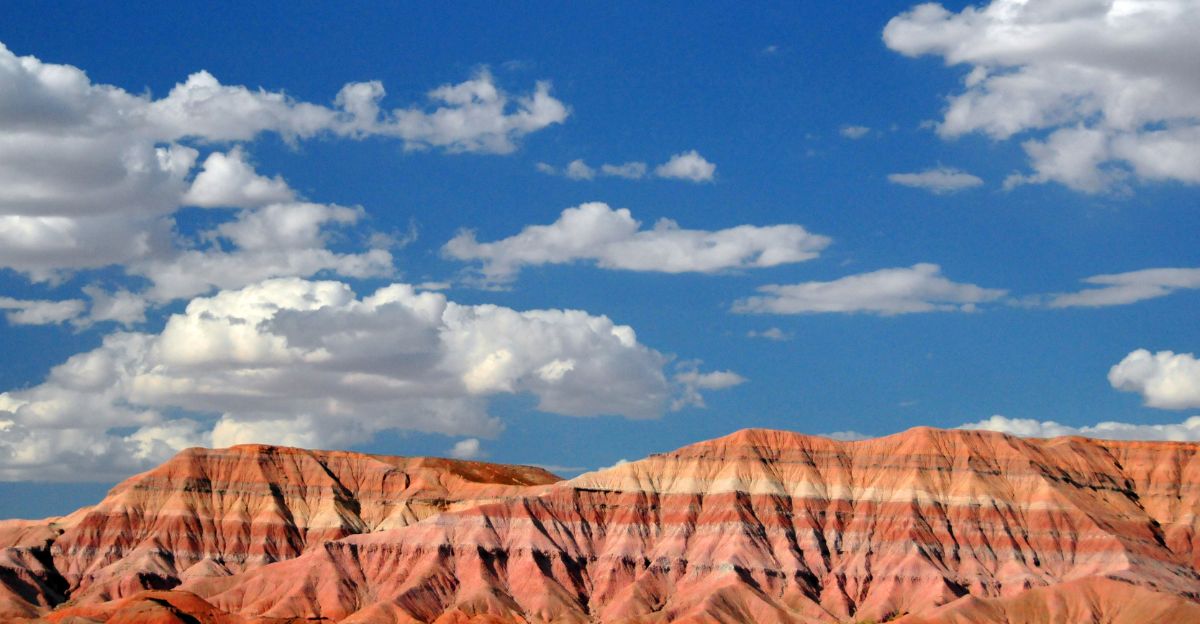
The Painted Desert in Arizona is well known for its bright red, orange, pink, and purple layers.
These colors formed over millions of years as rivers, lakes, and shallow seas left behind mud, sand, and volcanic ash. Later, wind and rain wore away the surface to reveal these beautiful layers.
Besides its colorful appearance, the Painted Desert is also full of fossils, such as petrified wood and old reptiles, making it an exciting place for both visitors and scientists.
11. Stone Forest, Tsingy
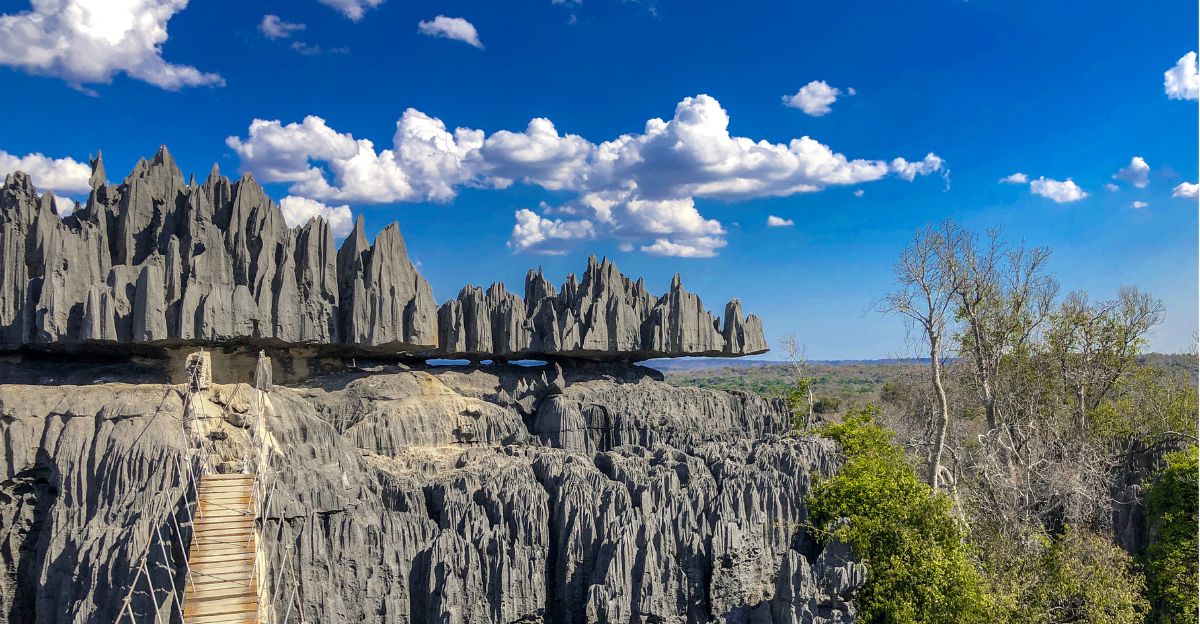
The Tsingy stone forests in Madagascar are made of tall, sharp limestone rocks that stick up like a stone jungle.
Long ago, these rocks formed as thick layers of limestone under a shallow sea. When the land rose from the water, rain slowly wore away the stone, cutting deep cracks and sharp points.
This created the strange and beautiful stone forest we see today, left behind from an ancient seabed.
12. Uluru/Ayers Rock
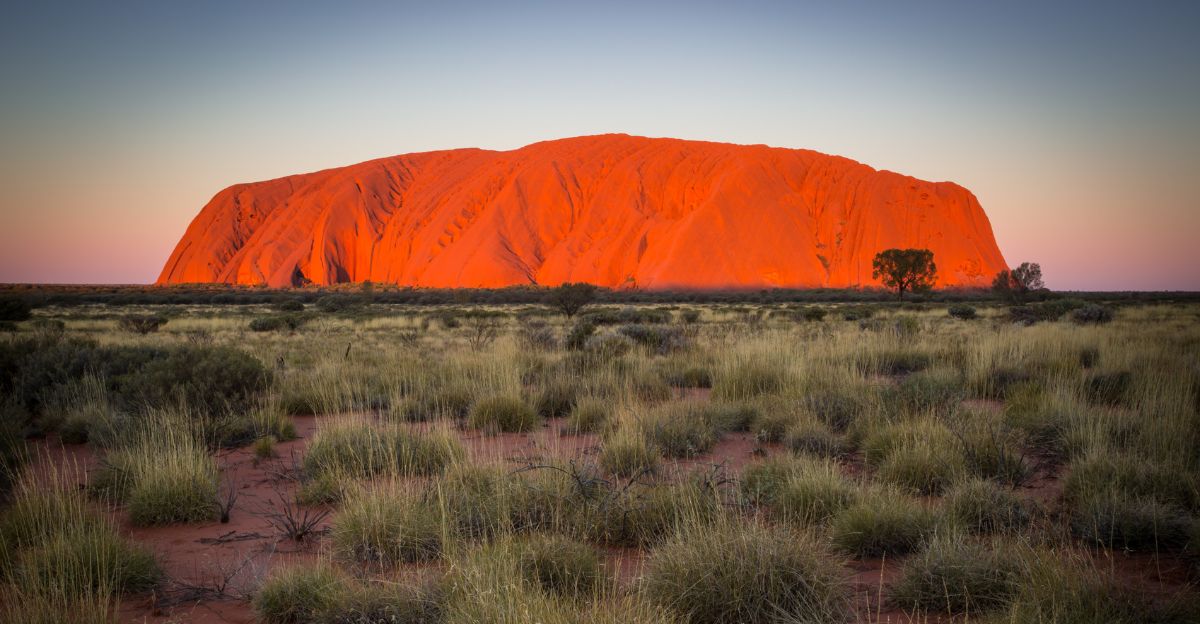
Uluru is a huge red rock that stands out in Australia’s flat desert. It is made of a special kind of sandstone called arkose.
Over 500 million years ago, sand and stones from old mountains washed into an ancient sea and settled on the sea floor.
Later, the Earth’s movements pushed, tilted, and squeezed these layers into a single, solid rock that is hard to wear away.
Uluru rises above the desert, and lines and patterns in the rock show its long history.
13. Zion National Park
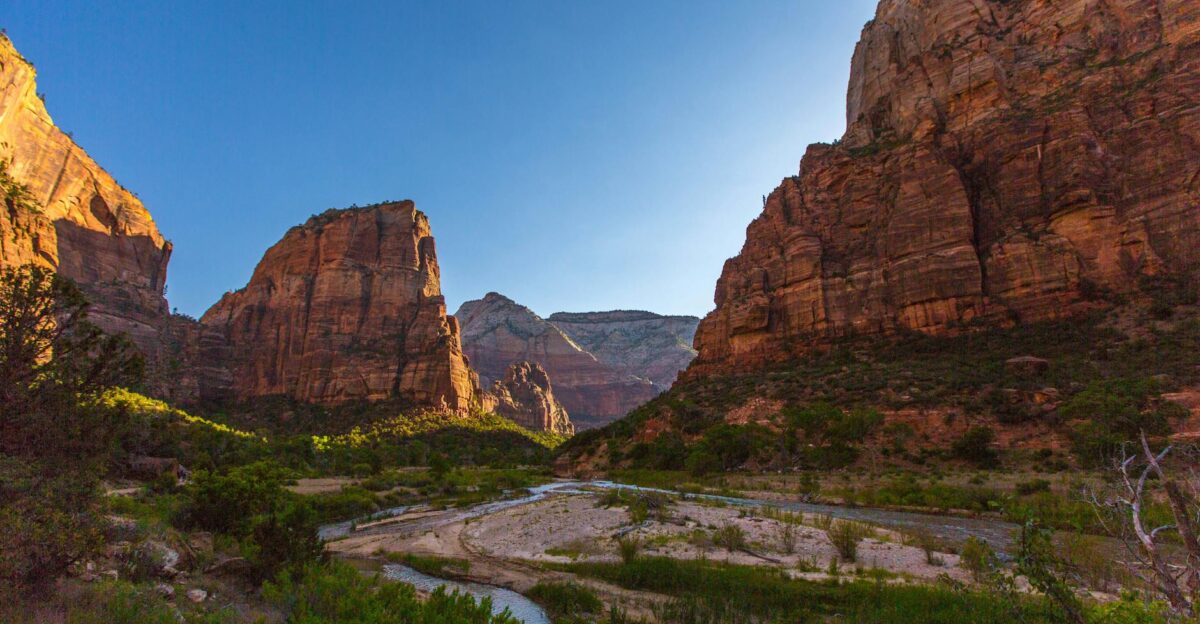
Zion National Park is known for its high cliffs and deep canyons. The rock layers here tell a story of changing seas, deserts, and rivers.
The famous cliffs are made of sandstone that started as ancient dunes, but under those are older rocks filled with fossils from when shallow seas covered this area.
Over millions of years, these layers were laid down on the seabed, then shaped by the Virgin River and weather into the stunning canyons we see today.
14. Karoo
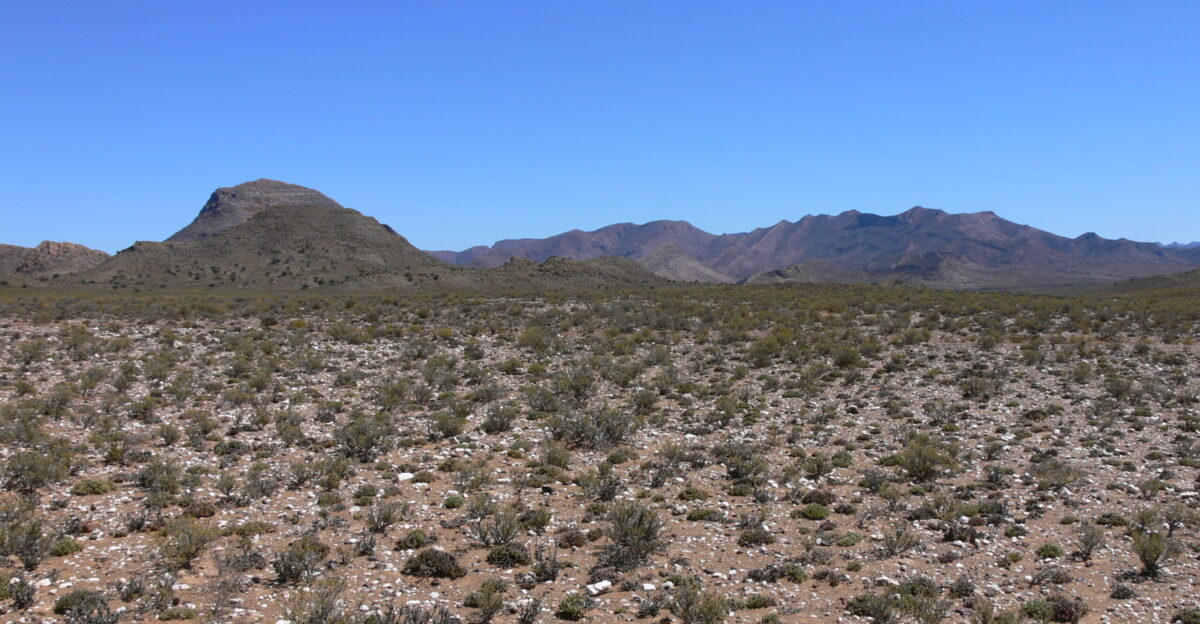
The Karoo region in South Africa is a vast area with a 300-million-year history.
Long ago, it was covered by large lakes and shallow seas, where mud, sand, and ash gathered and buried the remains of some of the world’s first reptiles and amphibians.
Because of this, scientists find many important fossils here to help understand how life moved from water to land.
Today, wind and rain have worn away the softer layers, leaving behind flat-topped hills and wide, open spaces.
15. Devonian Fossil Gorge
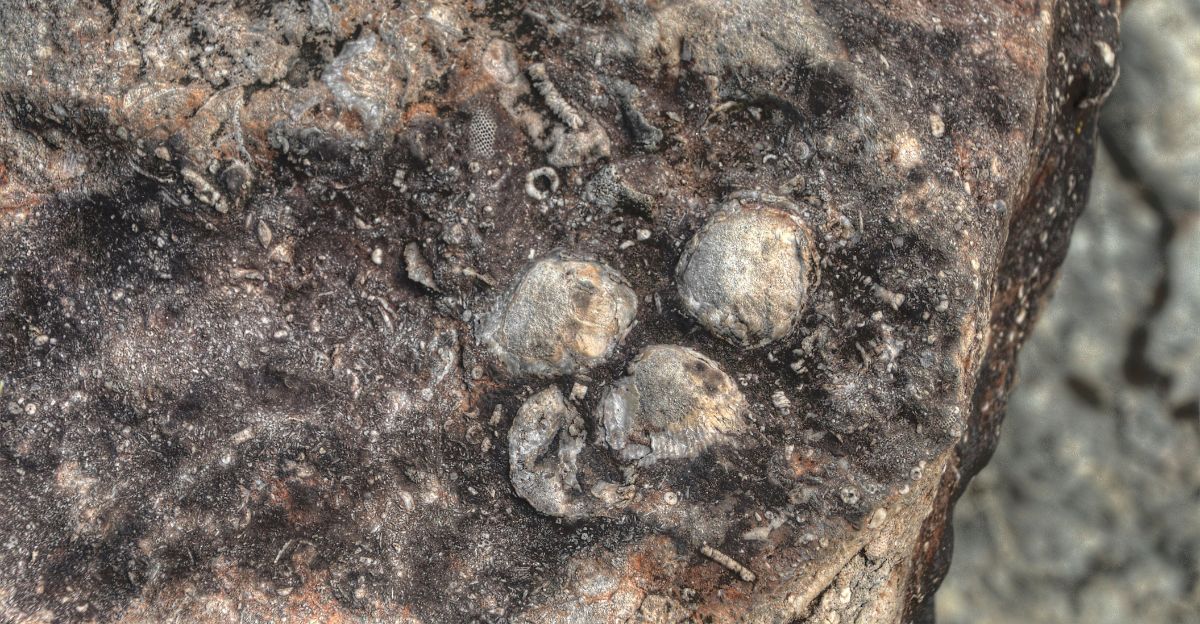
The Devonian Fossil Gorge in Iowa is a special place where you can walk on rock that was once at the bottom of a sea over 375 million years ago. This area was covered by warm ocean water and was full of ancient sea life.
Today, you can see fossils of corals, shells, and other sea creatures in the rock layers.
Floodwaters and erosion uncovered this ancient sea floor, turning it into an outdoor museum where people can explore and imagine what it was like when sea creatures lived here.
The Science Behind Ancient Sea Beds
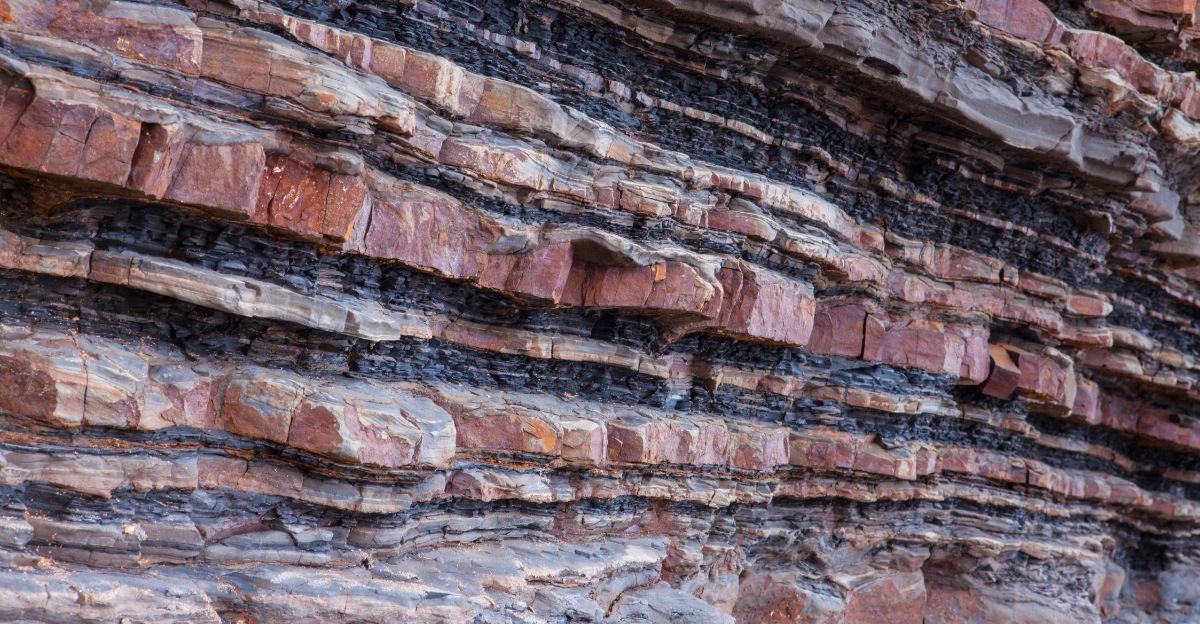
How do old oceans become deserts or plateaus? First, sea creatures and mud build up on the ocean floor.
Over millions of years, these layers get pressed together and turn into rock. Then, movements in the Earth’s surface push the old sea floor upwards.
Once above water, wind, rain, and sun change the rocks and wear them down. This erosion uncovers the old layers, letting us see and study Earth’s long and amazing past.
Fossil Treasure Troves
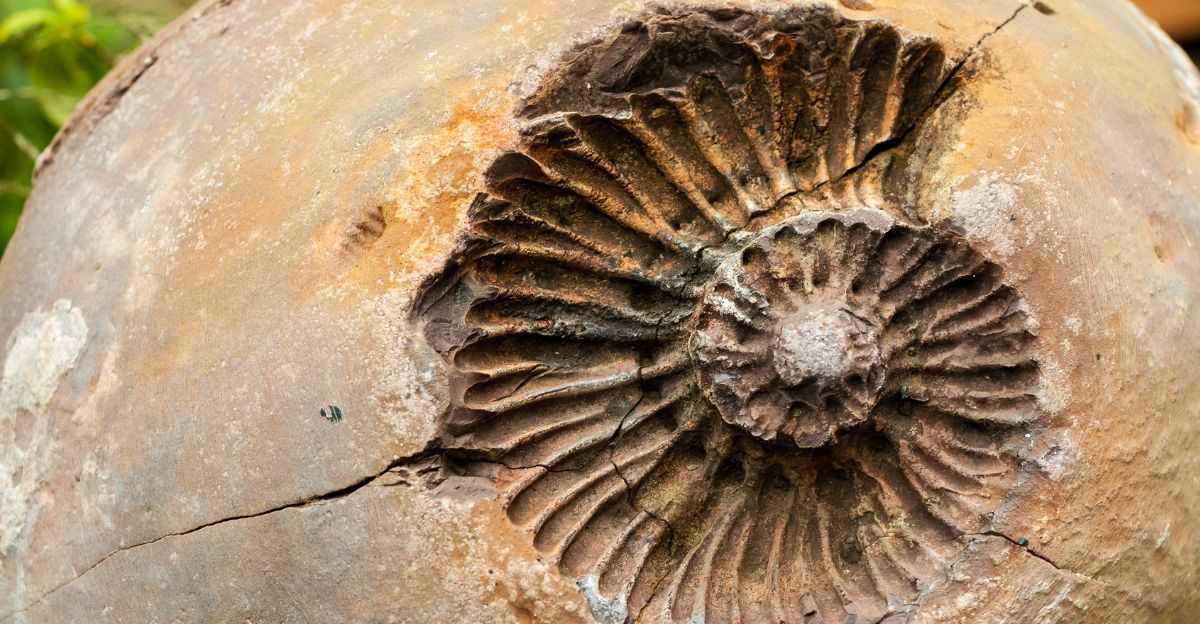
Old sea floors are great places to find fossils. Soft mud and clay would quickly cover dead plants and animals, keeping even fragile creatures safe for millions of years.
Places like the Badlands, Karoo, and Wadi El Hitan are full of these fossils, from ancient plants to giant sea reptiles and early whales.
These finds help scientists learn how life changed and sometimes disappeared on Earth.
Why Visit These Landscapes?
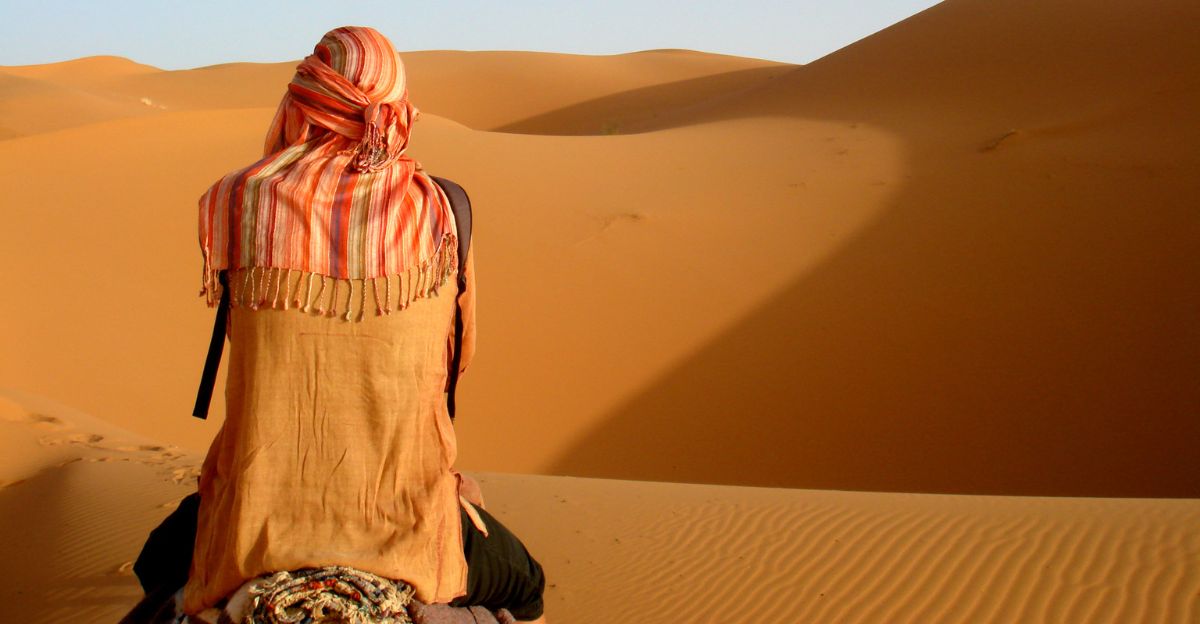
These places aren’t just beautiful; they’re fun to explore and help scientists make discoveries.
When you visit the red dunes of Sossusvlei, stand on top of Table Mountain, or see the round Moeraki Boulders, you see parts of Earth’s old story for yourself.
These sites remind us how old and amazing our planet is, and how nature constantly changes the world around us.
What Ancient Seas Can Teach Us Today
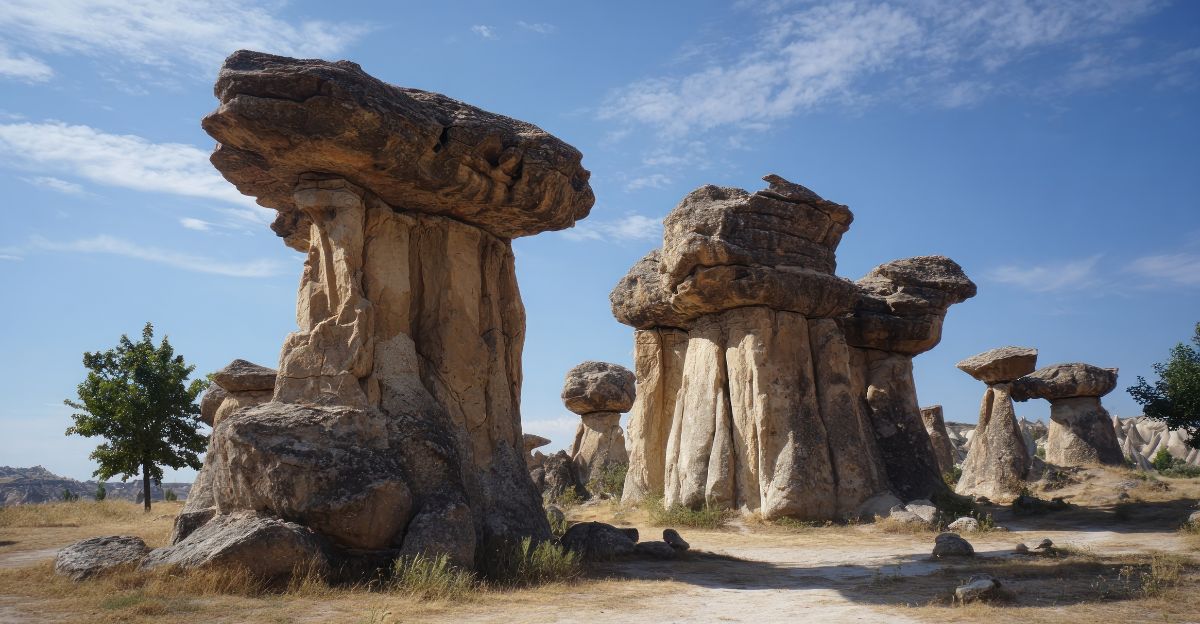
The history of ancient seas is written in the rocks and amazing places we see today.
These special sites, from deserts filled with fossils to high cliffs once under the sea, show us that Earth’s past is still with us.
When we visit and explore them, we remember how the land has changed and how nature never stops shaping our planet.